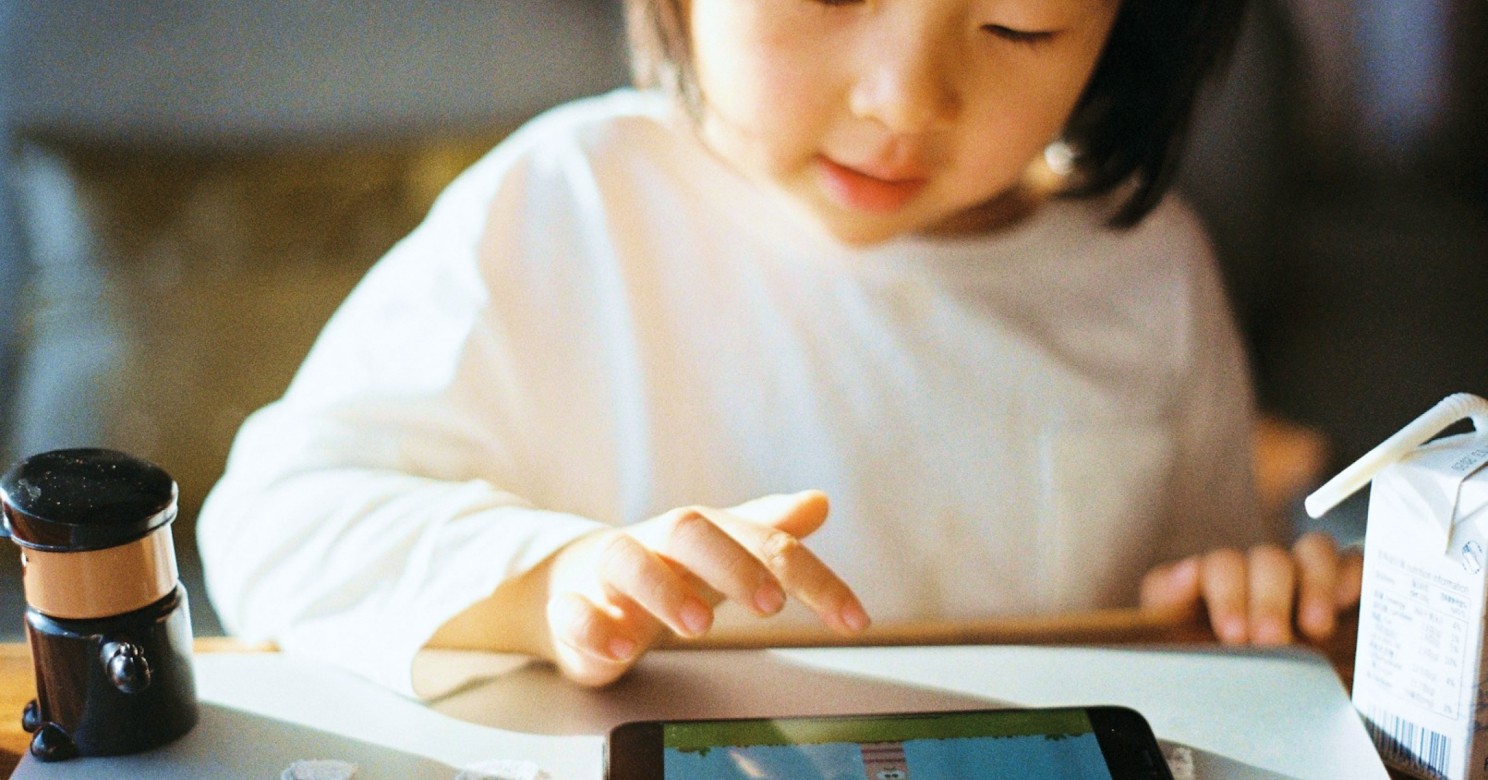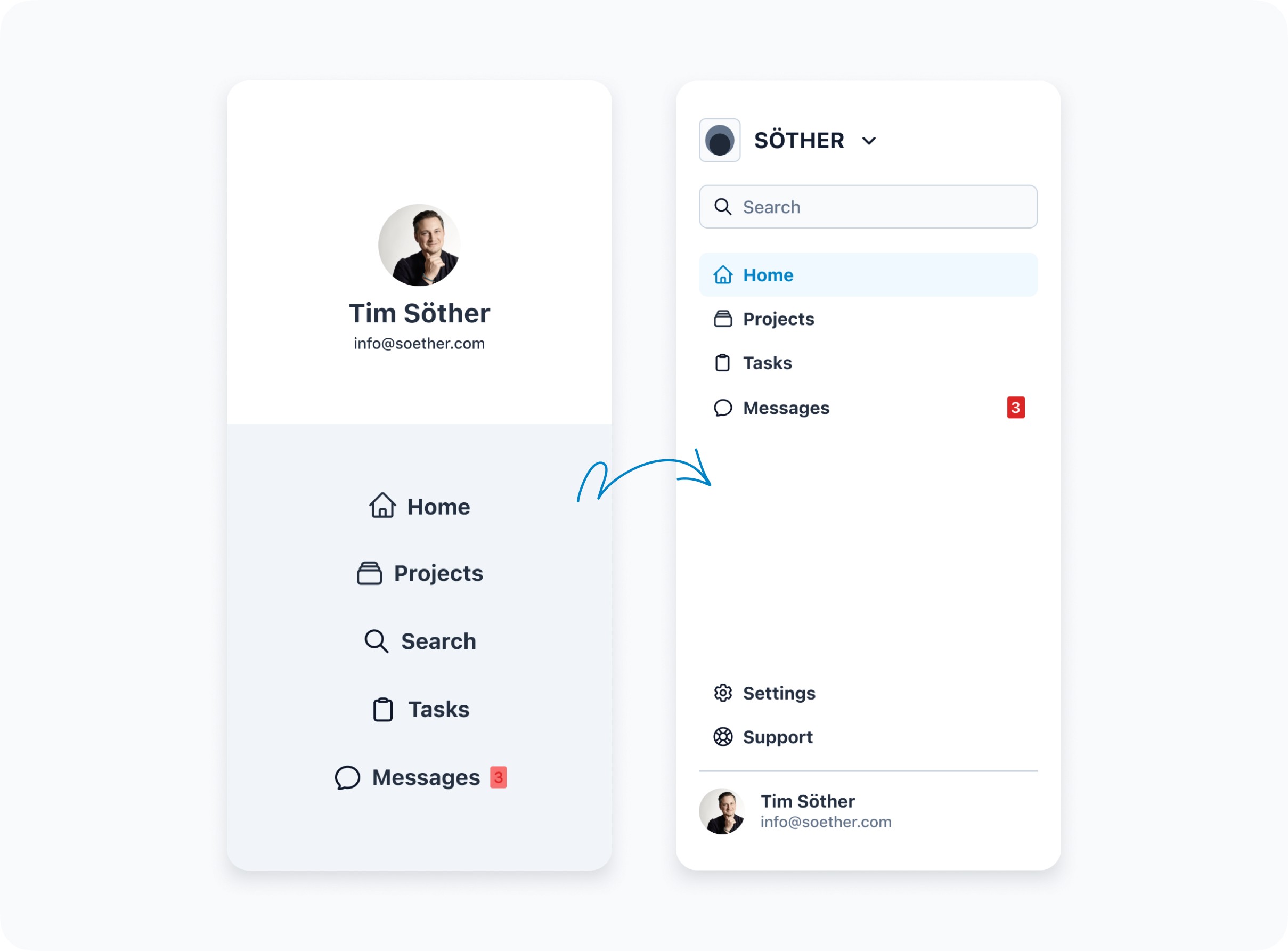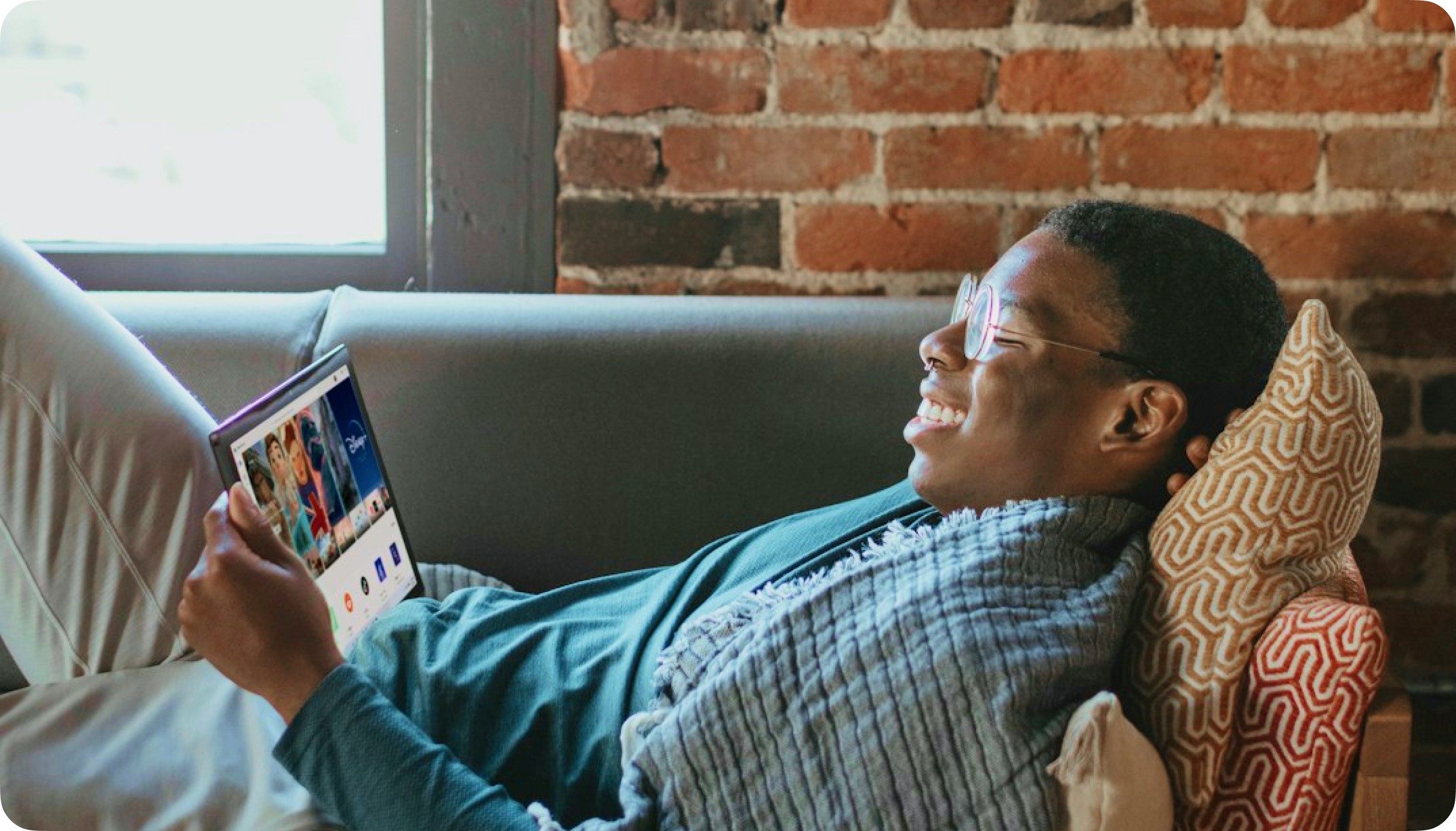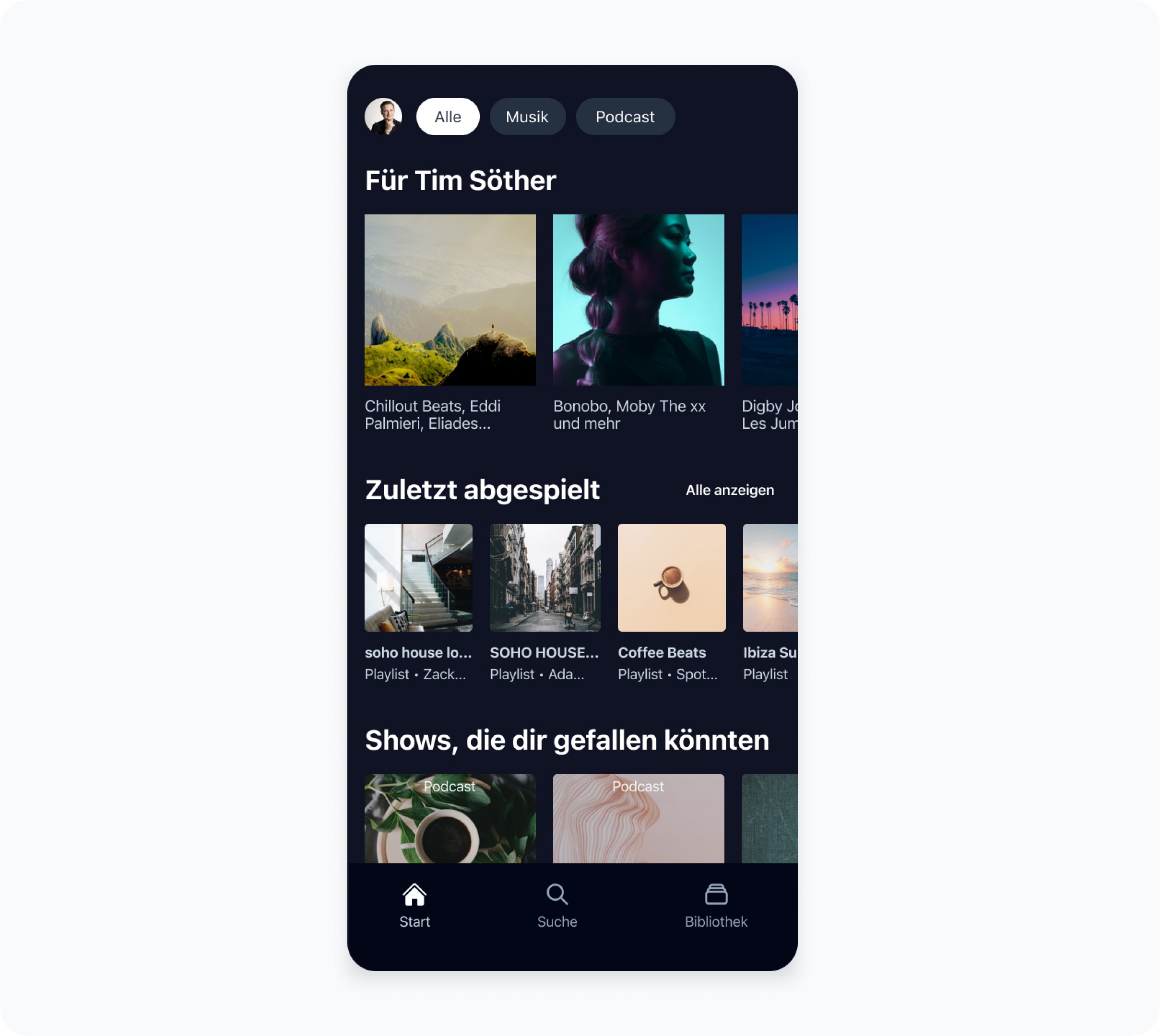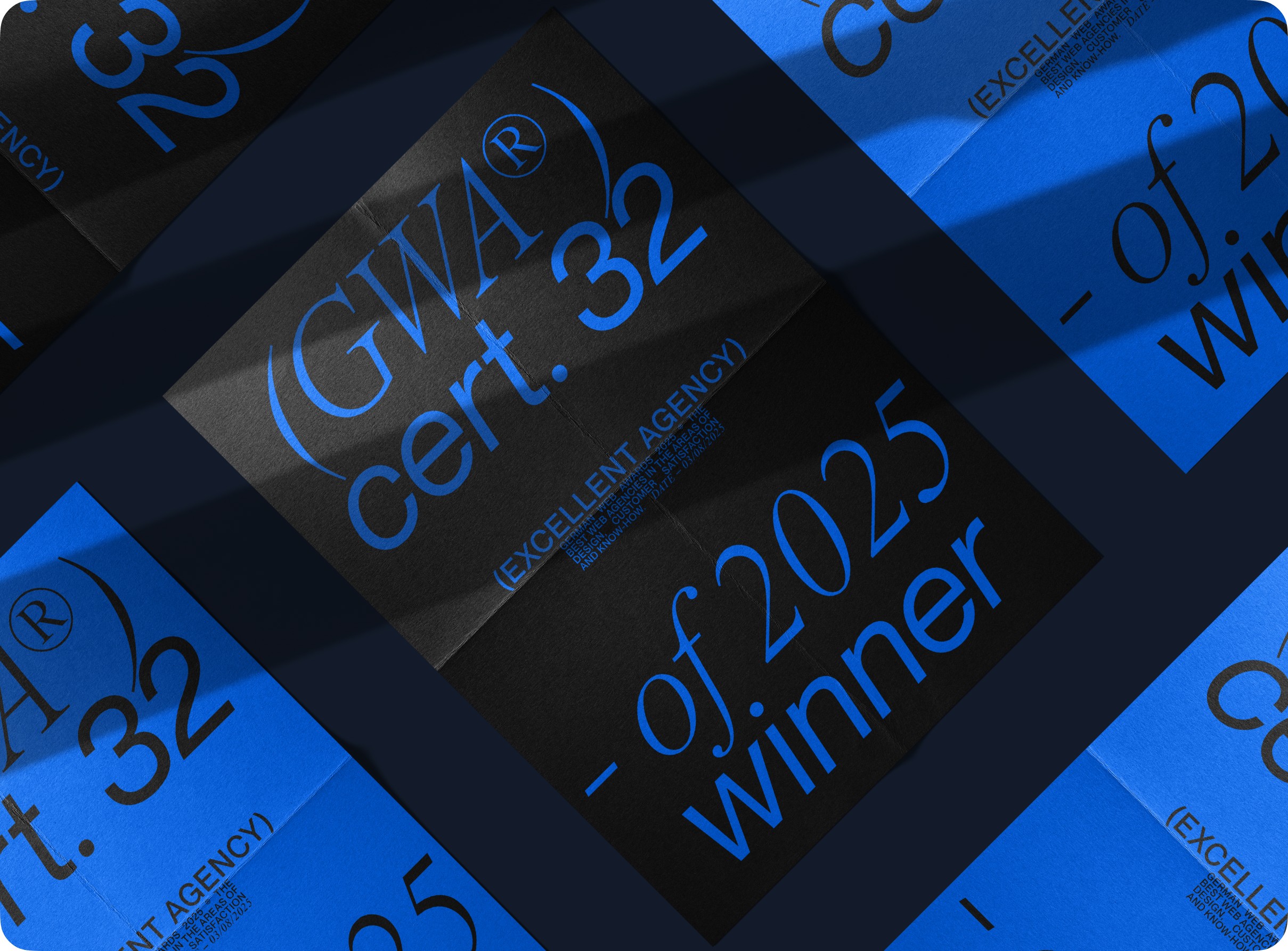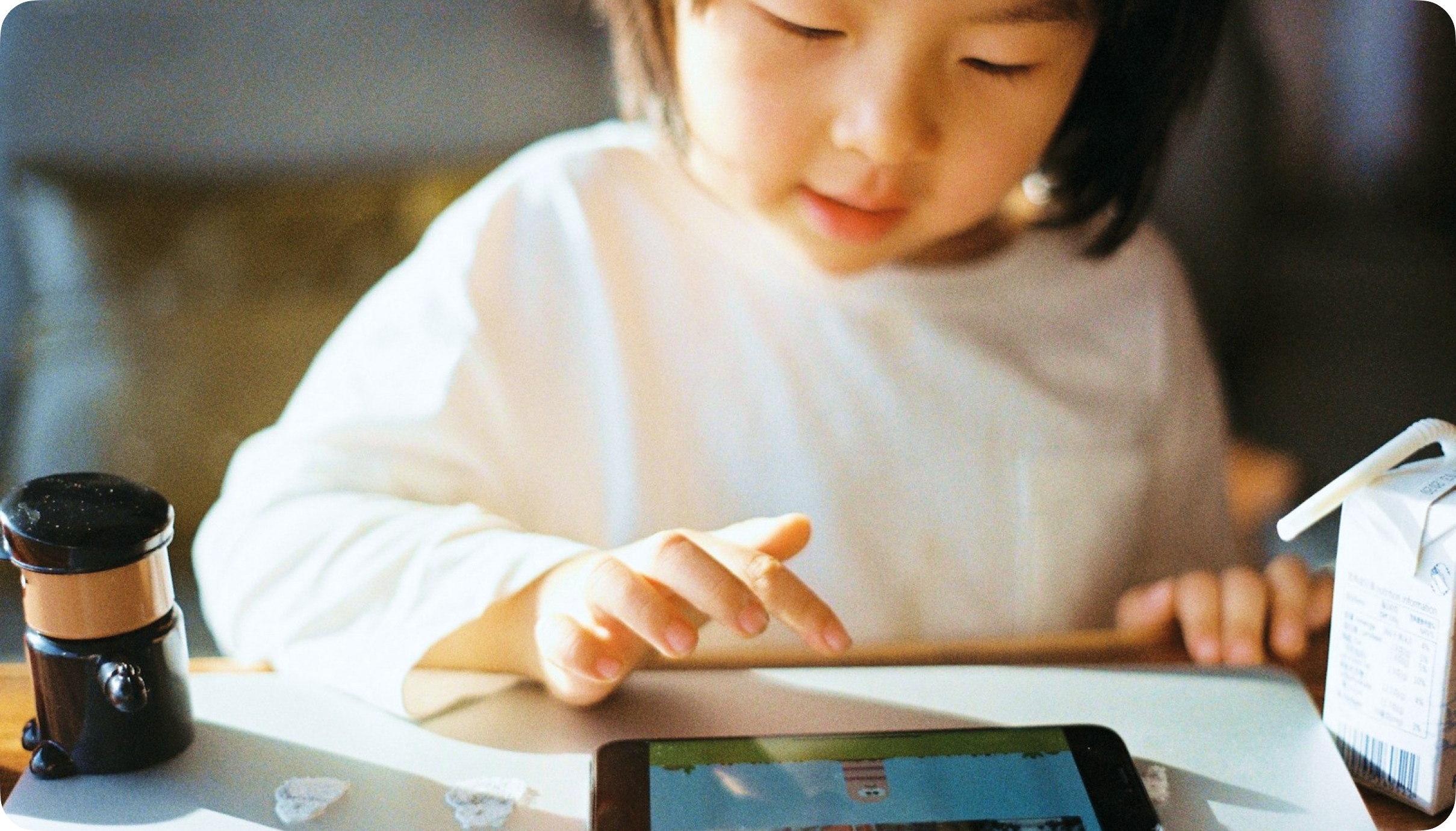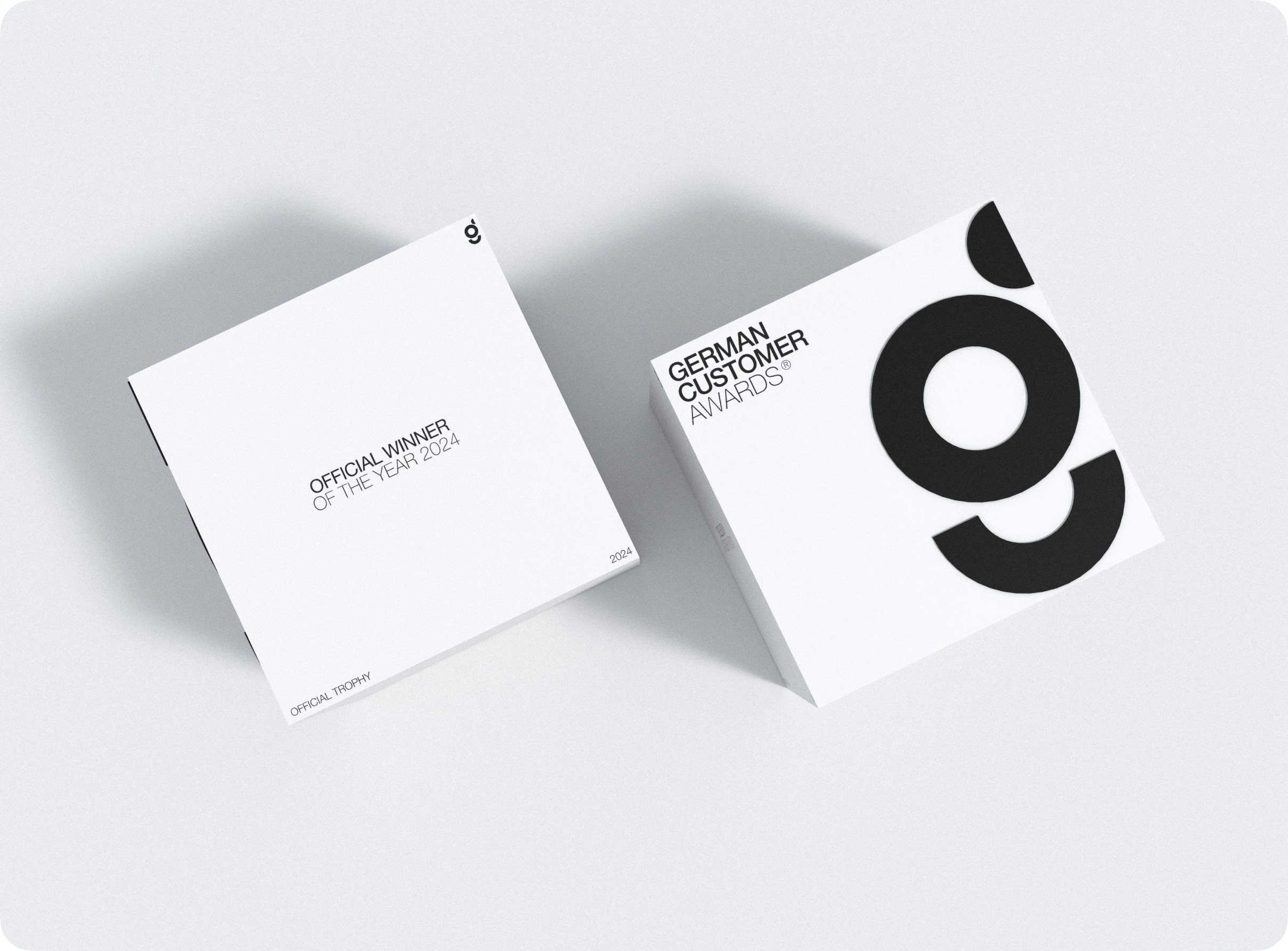In a world where brands fight for our attention, it is no longer enough to just have a good product. Brands need to touch us emotionally, make us laugh, wonder, or even think. But how exactly do they manage to speak to us on such a deep level? The magic word is: Emotional Design.
What is Emotional Design?
Emotional Design refers to the intentional design of products, services, and interactions that trigger emotional responses in us. It is about more than just aesthetics. It is about how we feel when we visit a website, use an app, or even hold a physical product in our hands.
The basic idea behind emotional design is simple: Emotions drive our behavior. When we feel good, we are more likely to like a brand, trust it, and return to it. If something confuses or frustrates us, we quickly turn away. Brands like Apple, Coca-Cola, or Nike know this very well and deliberately use emotional design to build strong bonds with their users.
How do brands reach us emotionally?
There are several ways that brands can evoke emotional responses. Here are some of the most important:
1. Colors play with our feelings
Colors have enormous emotional power. They can calm us, excite us, or even make us hungry! Think of Coca-Cola: The bright red symbolizes energy, passion, and joy of life. In contrast, a brand like IKEA uses a calm blue and yellow that conveys trust and reliability.
Each color has a specific psychological effect, and wisely used colors can ensure that we feel comfortable on a website, find a product likable, or remember a brand. By the way, Coca-Cola dressed Santa Claus in the striking red and introduced him to be able to sell the cool refreshment drink even in winter.
The iconic Coca-Cola Santa Claus is a classic example of emotional branding, evoking festive and nostalgic feelings.
2. Creating Forms and Layouts for Security
Forms and layouts also have an emotional impact. Round shapes, as often seen in Google’s user interface, convey friendliness and ease. Corners and edges, like those found in Tesla's designs, convey strength and precision.
Brands consciously use layouts that make navigation pleasant. A well-structured website or digital product ensures that we can orient ourselves without becoming frustrated — which gives us positive feelings.
Clear, minimalistic designs with rounded shapes have a calming effect and enhance a positive user experience.
3. Interactions that Surprise and Bring Joy
Special moments in the user experience — so-called Delight Moments — are small, unexpected surprises that bring us joy. If you have ever clicked on the “like” button on Instagram and seen that heart animation, you know what I mean.
These small interactions are often subtle, yet they have a significant emotional impact. They make us feel connected to the brand and eager to come back.
Emotional experiences during digital media consumption can build strong connections between users and brands.
4. Personalization for a Deeper Connection
Nothing resonates with us emotionally as much as the feeling that a brand is personally addressing us. Netflix and Spotify are masters at this. They provide us with tailored recommendations based on our preferences. When we see that a brand “knows us,” we feel valued and remain loyal.
Why Does Emotional Design Work So Well?
Our brains love stories and emotions. Brands that speak to us emotionally manage to stay in our memories. Studies show that we remember emotional experiences much better than neutral ones. That’s why experiences that touch us emotionally are so valuable.
Furthermore, emotions enhance our perception of value. A product that appeals to us emotionally automatically seems more valuable to us — even if it technically has no better features than another.
A personalized user interface directly engages the user and creates an emotional connection through tailormade recommendations.
Conclusion: Emotional Experiences Create Loyal Customers
Brands that focus on emotional design create more than just beautiful products — they create experiences that touch us. And that is the key to success. When we feel emotionally connected to a brand, we remain loyal to it, talk about it, and recommend it further.
Emotional design is therefore more than just a trend. It is a powerful tool that allows brands to build long-term, loyal relationships with their users.
The next time you interact with a brand, pay attention to how it tries to reach you emotionally. Be it through colors, shapes, or small interactions — these details are often the reason why you feel so good about a brand.
— Tim Söther
